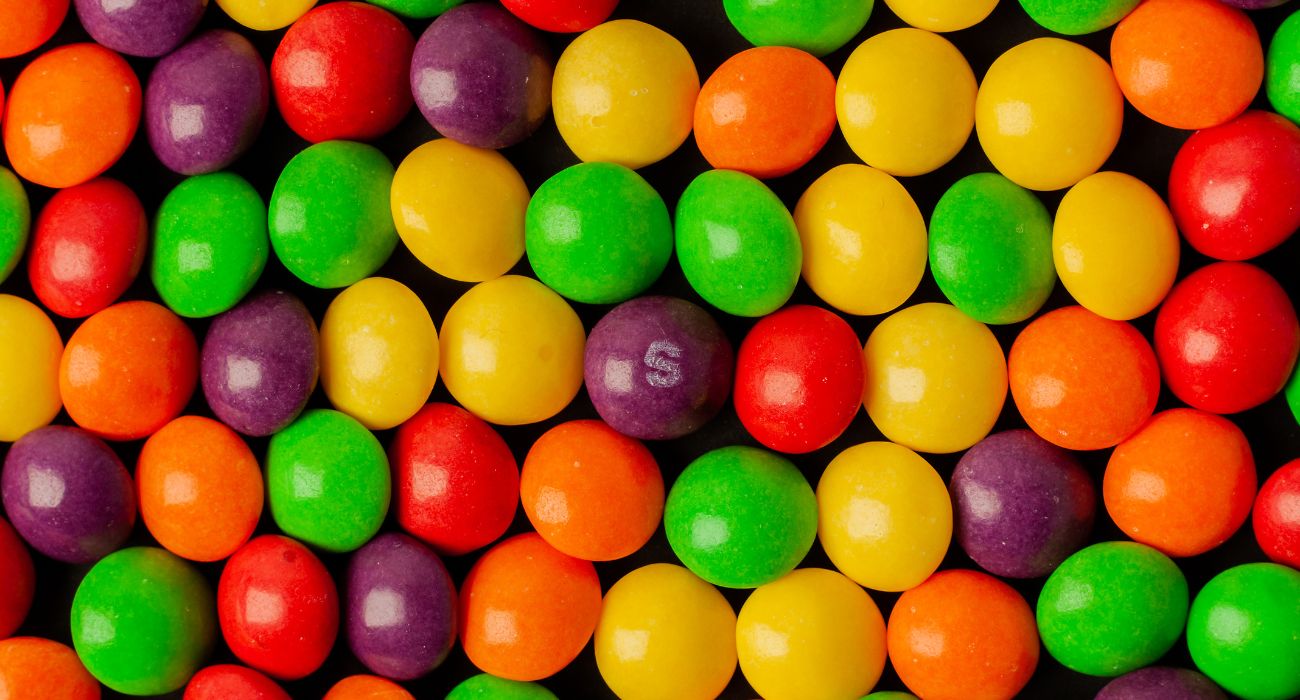Researchers in Canada say a popular dye used to color foods could drive inflammatory bowel disease (IBD) in some individuals.
Red dye 40 — also known as red No.40, Allura Red AC, or simply red 40 — is “the most prevalent dye identified” in foods commonly eaten by children, like Fruit Loops and Doritos, according to research published in the Journal of Food Composition and Analysis.
Red 40 adds color and texture to countless products, like cereals, candy, and soft drinks. The prevalent dye, however, can harm gut health and drive inflammation, potentially leading to IBDs, like Crohn’s and ulcerative colitis.
IBD is “characterized by chronic inflammation of the gastrointestinal (GI) tract,” according to the Centers for Disease Control and Prevention. Over time, persistent inflammation can damage the GI tract. The condition leads sufferers to experience abdominal pain, weight loss, persistent diarrhea, and fatigue, among other symptoms.
To conduct the study, the team of researchers analyzed a group of mice that consumed high doses of Allura Red for 12 weeks. The mice that ate the largest quantities displayed higher serotonin levels, a regulator of nutrient uptake and gut muscle movement. This transforms gut microbiota, increasing the likelihood of colitis.
“This study demonstrates significant harmful effects of Allura Red on gut health and identifies gut serotonin as a critical factor mediating these effects,” said the study’s senior author, Professor Waliul Khan from McMaster University.
Khan believes the findings could have “important implications in the prevention and management of gut inflammation.”
Consumption of Allura Red has also been linked to “certain allergies, immune disorders and behavioral problems in children, such as attention deficit hyperactivity disorder,” said Khan.
Regardless, the new insight marks “a significant advance in alerting the public on the potential harms of food dyes that we consume daily,” he explained.
Despite affecting millions of people worldwide, the precise mechanisms that lead to IBD are not well understood. It is thought to have various potential sources, like genetics, dysregulated immune response, microbiota imbalances, or even environmental factors.
While advancements have been made in most categories, Khan said little research has been undertaken to understand the role of environmental factors in the proliferation of the disease.
Environmental factors, explained Khan, include items found in a standard Western diet, comprising largely processed foods, many of which contain red 40.
“What we have found is striking and alarming, as this common synthetic food dye is a possible dietary trigger for IBDs,” stressed Dr. Khan.






